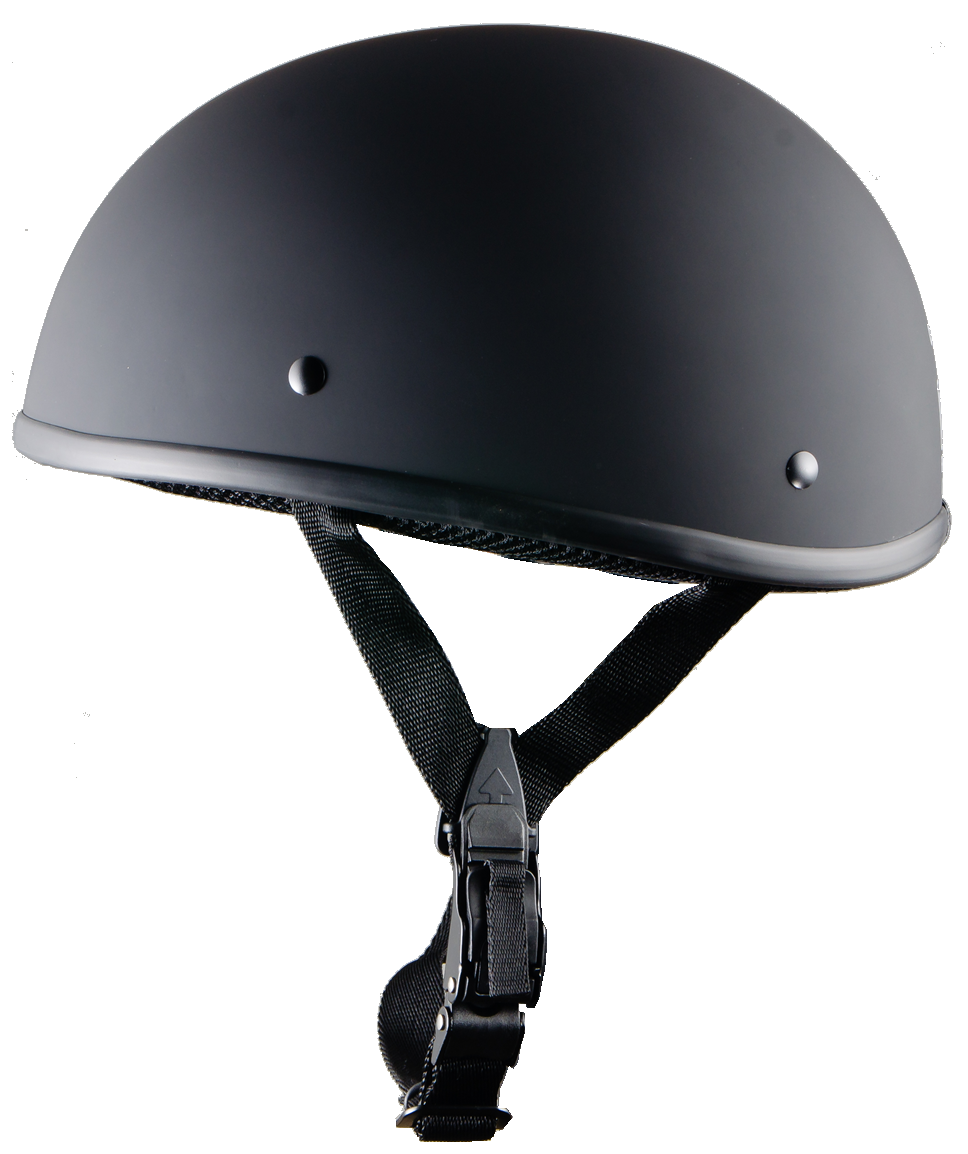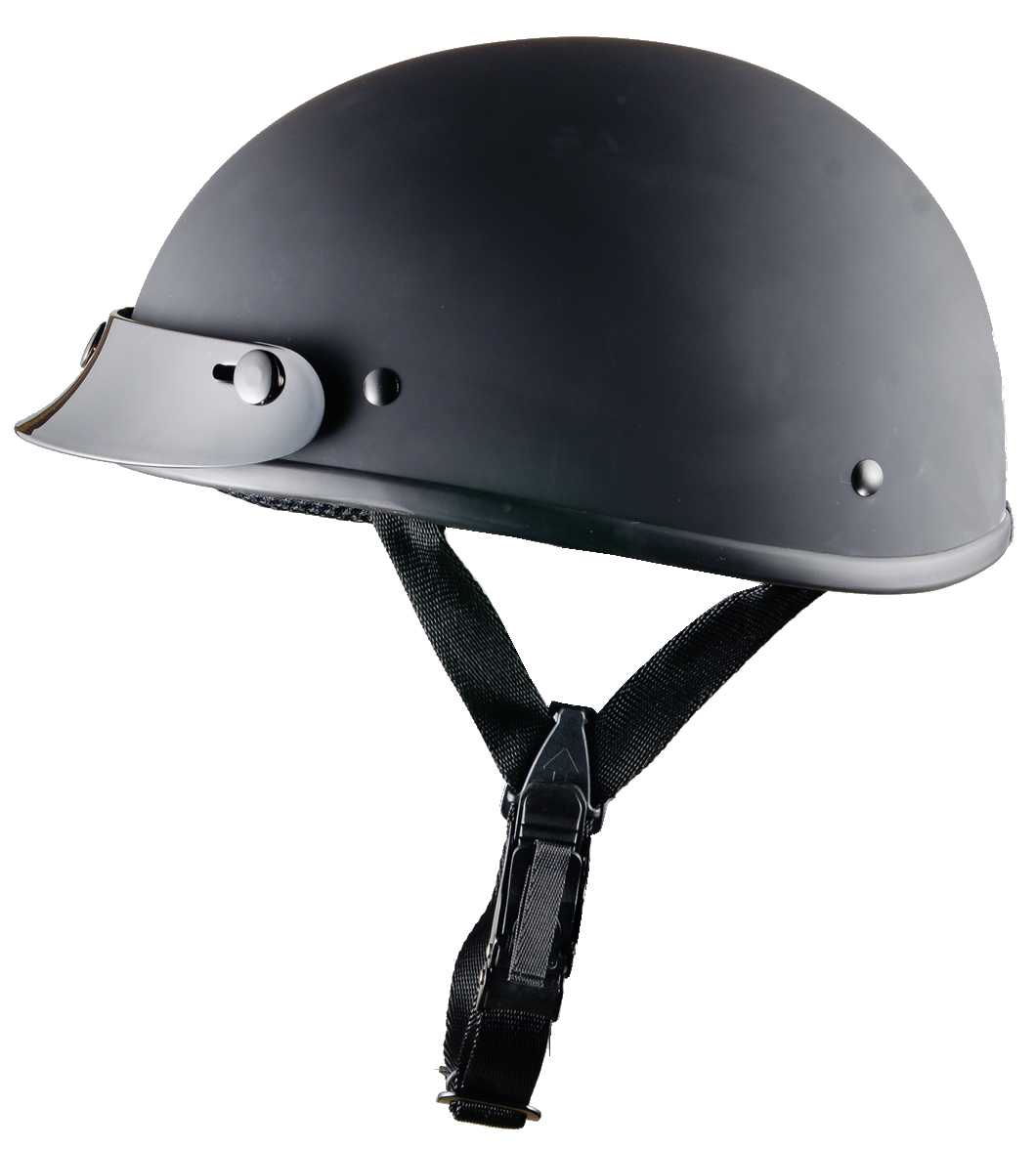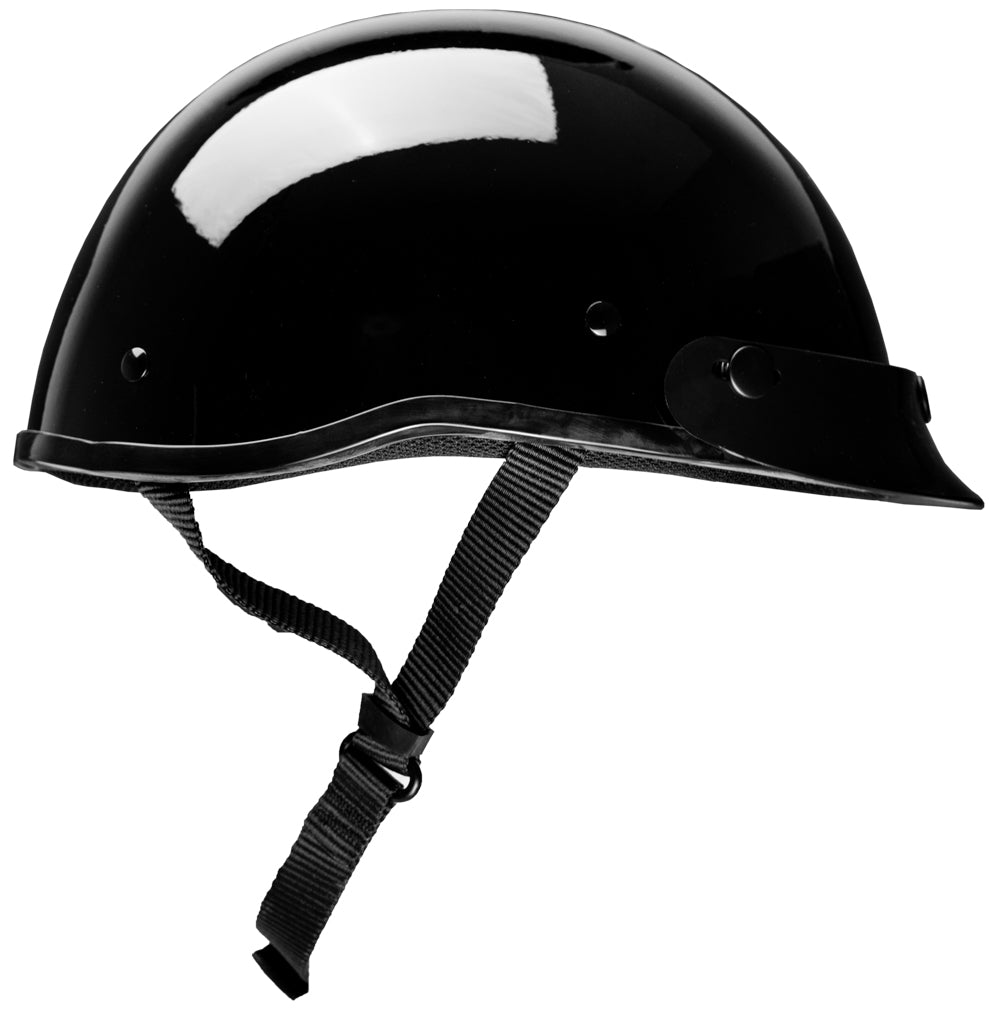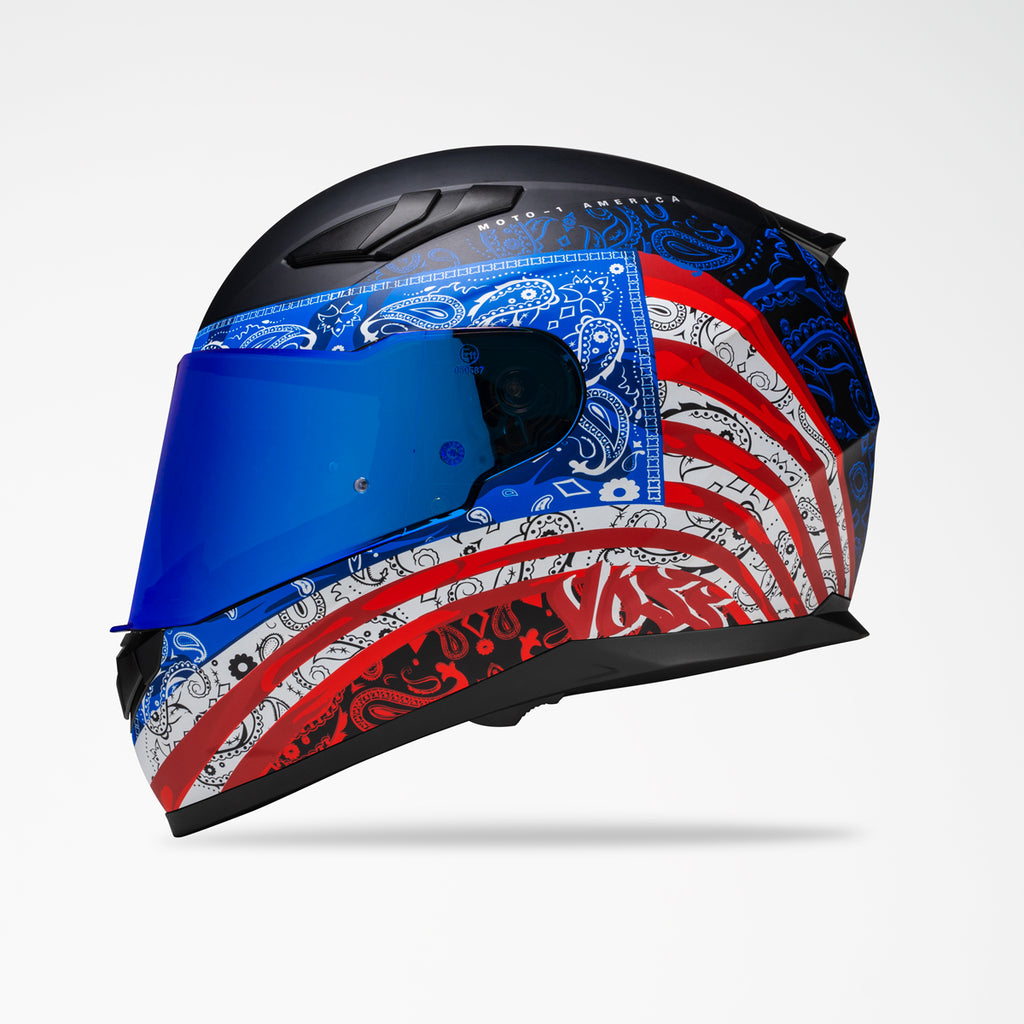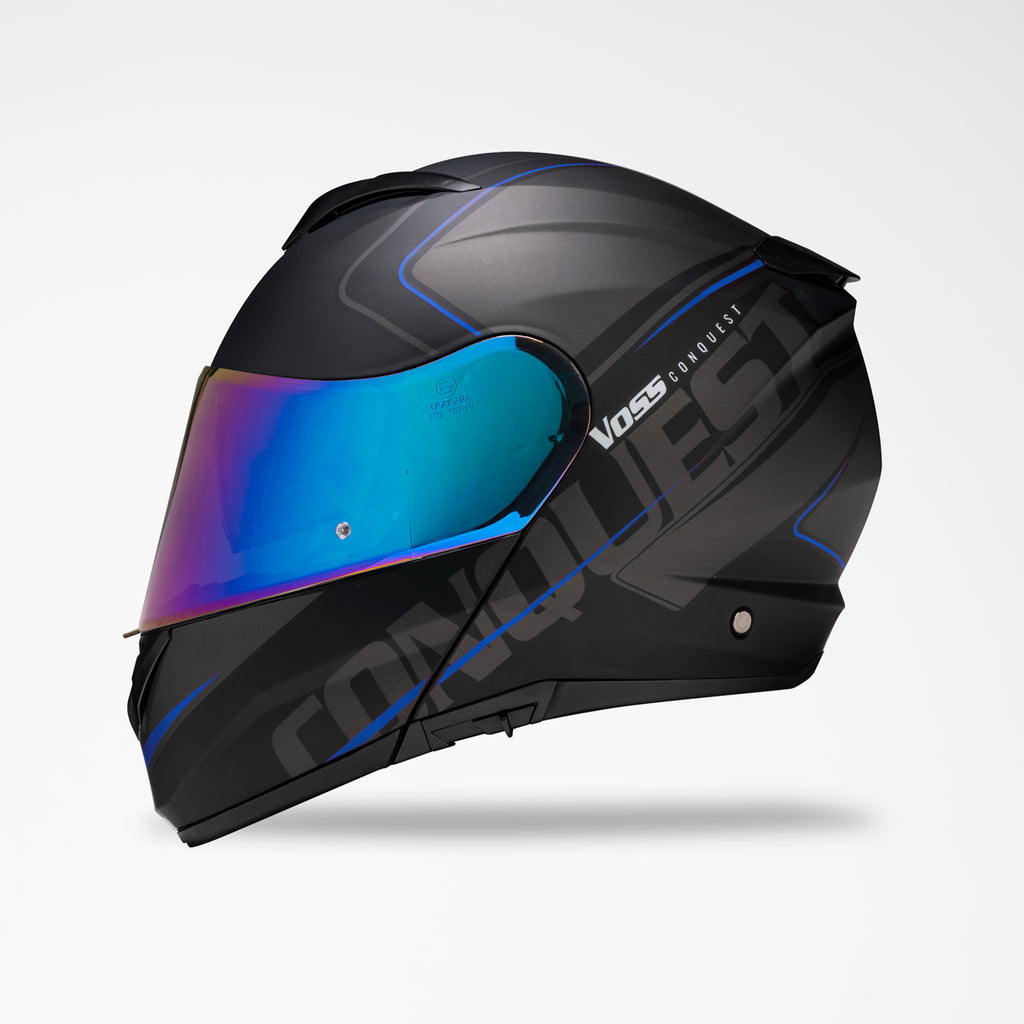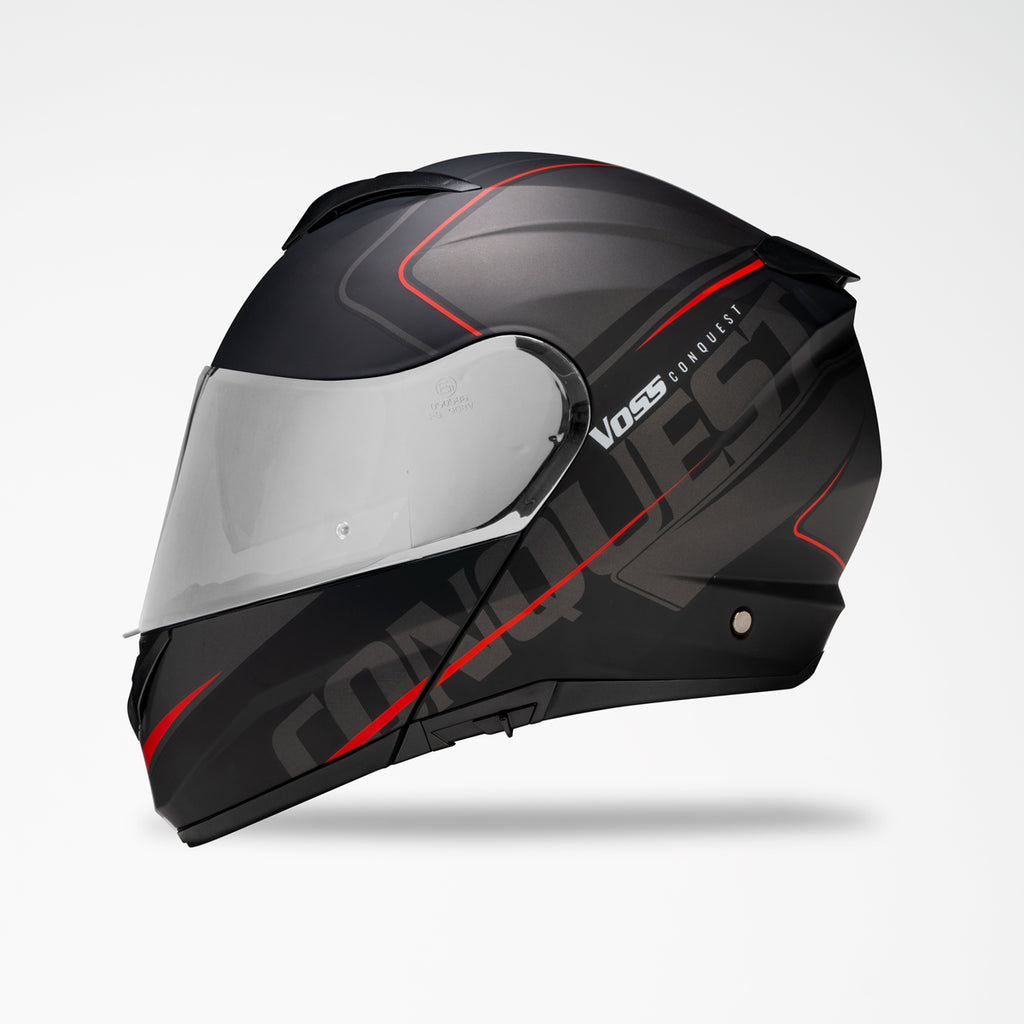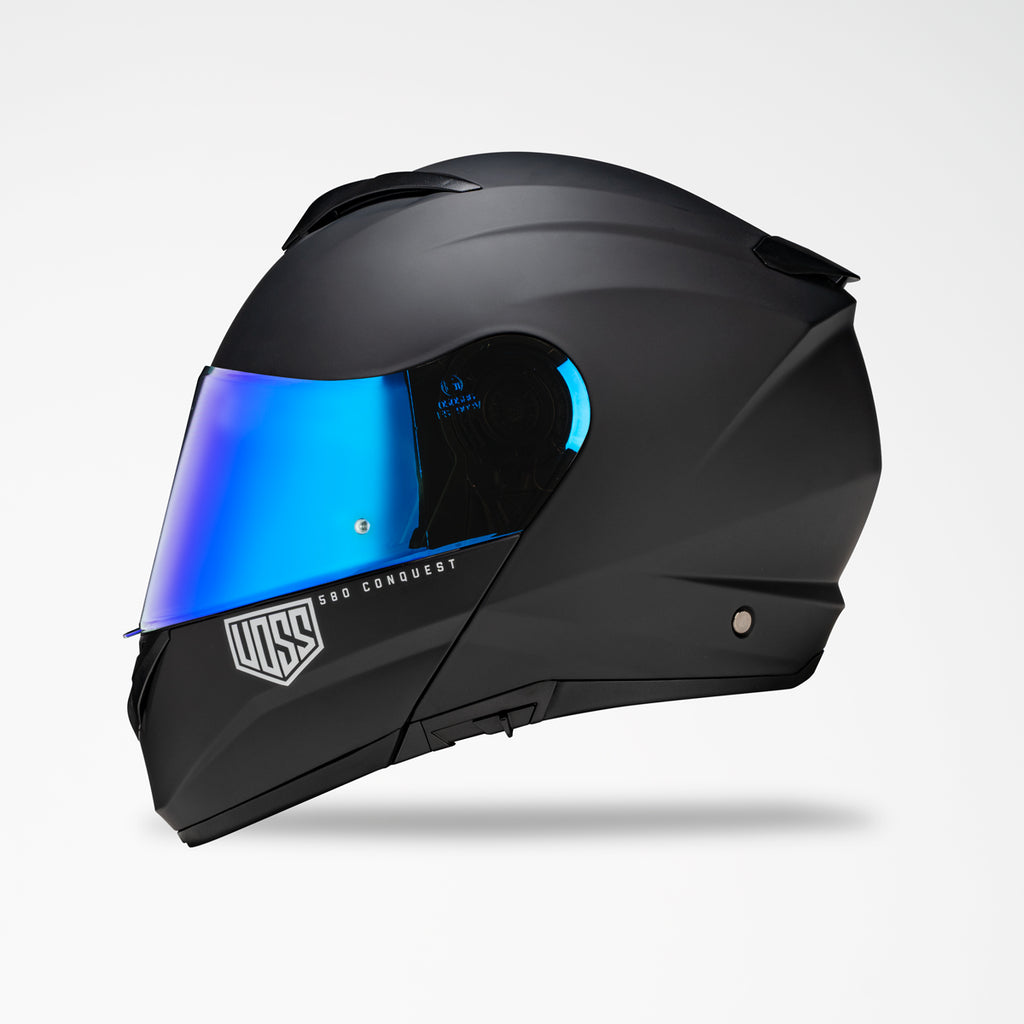We see you.
Yeah, you. The guy with the old helmet, figuring to get one more season out of it.
Look, motorcycle helmets have a shelf life, and when they get too old, they need to go away. Not be sold, be destroyed. Retired to the shelf above the bar, nailed to the ceiling of the garage, or cut into little pieces and made into key rings.
How long? Five years is the usual time frame, but there’s a “*” beside that date.
You can’t drop them.
You can’t leave them in the sun five years straight.
You have to take care of them to get the full five years, but remember, the clock starts ticking when the helmet is made, not when you open the box.
So first things first, make sure you’re buying “fresh” from a company that moves plenty of lids.
Here’s why your old helmet isn’t as safe as a new one:
The fiberglass and polycarbonate that forms the helmet shell breaks down over time due to UV radiation and heat AND the liner begins to lose it’s dexterity and shape due to simply being compressed around your head.
Ultimately, even though a helmet may look great, there’s simply no way to know if it is still safe. The simplest way to test it is to NOT test it, just replace it! Helmets that are DOT-legal have never been so easy to buy and inexpensive, so there’s really no good reason to risk your life on a sketchy helmet.
Now, here’s the other thing: Your helmet has one job – to protect you one time.
Sound like we’re trying to sell more helmets? We’re not, we’re trying to save lives. Check this out – from the Snell Memorial Foundation:
“The five-year replacement recommendation is based on a consensus by both helmet manufacturers and the Snell Foundation. Glues, resins and other materials used in helmet production can affect liner materials. Hair oils, body fluids and cosmetics, as well as normal “wear and tear” all contribute to helmet degradation. Petroleum based products present in cleaners, paints, fuels and other commonly encountered materials may also degrade materials used in many helmets possibly degrading performance. Additionally, experience indicates there will be a noticeable improvement in the protective characteristic of helmets over a five-year period due to advances in materials, designs, production methods and the standards. Thus, the recommendation for five-year helmet replacement is a judgment call stemming from a prudent safety philosophy.”
As we covered a few weeks ago, Snell updates their standards every five years, so there’s some sound logic involved with the “five years” besides the wear and tear of using a piece of equipment for that long.
…So what about the idea that any impact to your helmet, even just a drop from the bar stool, will lessen a helmet’s ability to protect you in a crash?
Is it just good marketing or is there a reason for it?
In reality, it might be a little of both.
But we’ve all seen friends with fluke injuries because they stepped off the porch wrong, right? We’ve all had a seemingly “normal” day go sideways on us, too. Is it worth your life to wonder if the helmet you are literally betting your life on is up to the task that day after bouncing it off the gravel a few times?
I don’t know about you, but I know about me.
It’s cheap insurance against an expensive problem, and one you can look good in.


